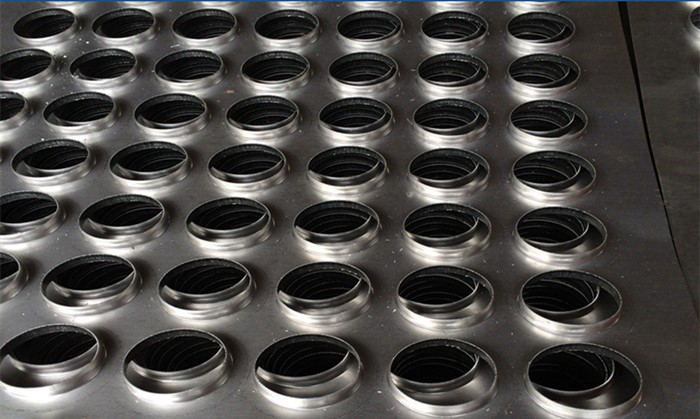3. Equipment Issues
Over time, the wear of punch heads increases, and the gap between punch heads may become too large, resulting in many burrs on the back of the stainless steel perforated sheet. As equipment ages, its precision decreases, affecting production quality. Therefore, regular equipment inspection and calibration are crucial.
Preventive Measures:
Perform regular equipment inspections and calibration.
Replace worn-out equipment parts promptly to maintain precision.
Adjust equipment parameters according to production needs to minimize errors.
4. Environmental Factors
During the use of stainless steel perforated sheets, environmental factors can also lead to burr formation. For example, exposure to moisture or corrosive environments can cause oxidation or corrosion on the stainless steel surface, resulting in large burrs. This issue is more prominent in high-humidity or chemically active environments.
Preventive Measures:
Store and use stainless steel perforated sheets in appropriate environments.
Apply protective coatings to the stainless steel surface to prevent corrosion.
Use anti-corrosion coatings or other protective measures to enhance the sheet’s durability.
Conclusion
The formation of burrs on stainless steel perforated sheets is a common production issue that can result from punch wear, technician errors, equipment problems, and environmental factors. To prevent these problems, companies should regularly inspect and maintain their equipment, enhance operator training, and implement effective preventive measures based on actual conditions. By improving production processes and strengthening quality control, burr formation can be significantly reduced, leading to better product quality and a longer service life for stainless steel perforated sheets.
